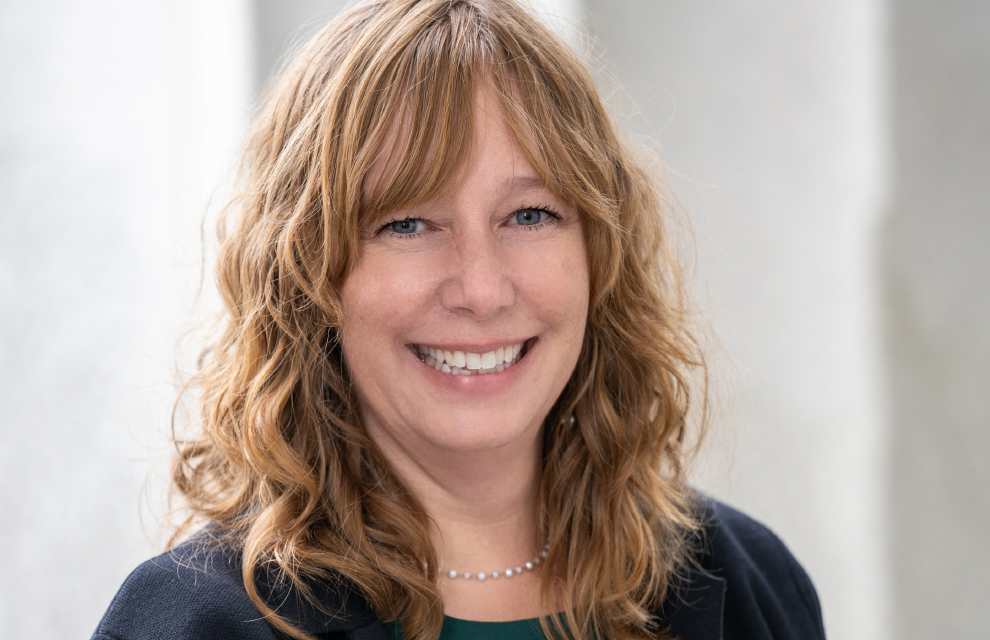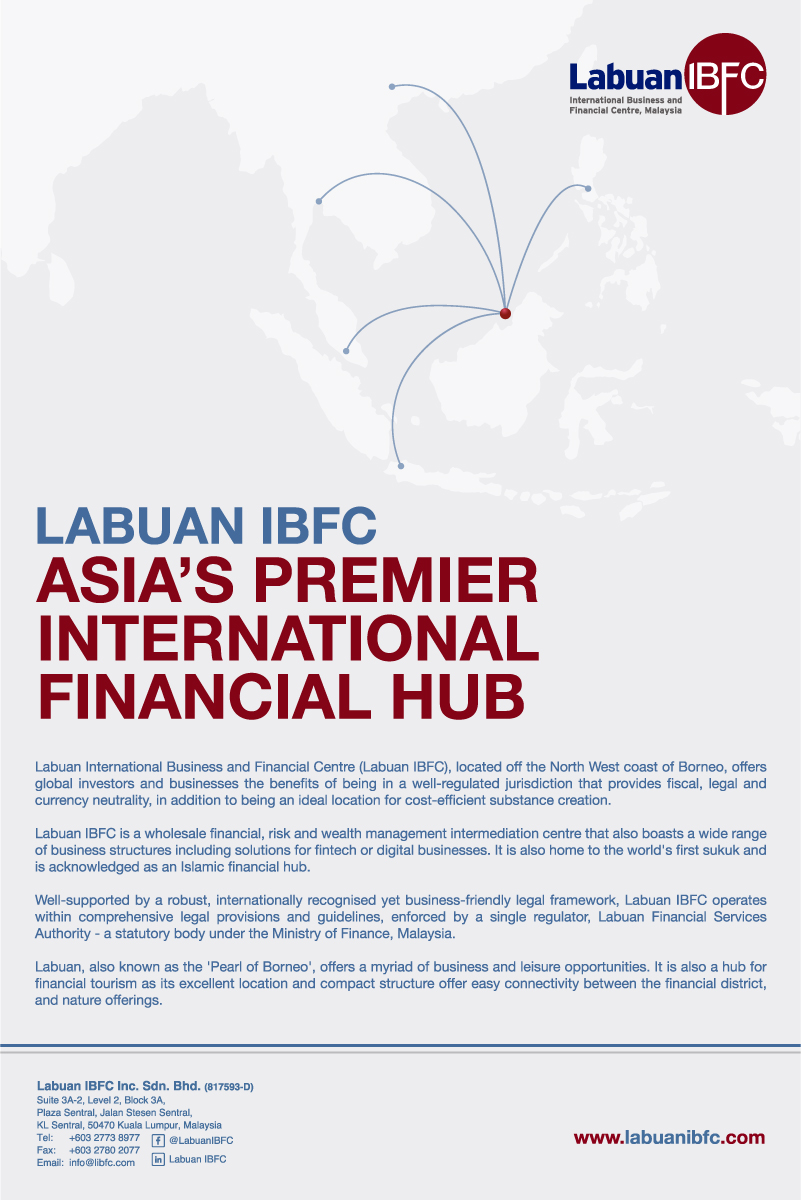John Savage talks to The Vermont Department of Financial Regulation’s Christine Brown about the trends observed in the Vermont captive market in 2022
Vermont has had another record year of captive formation in 2022. What are the main factors driving Vermont’s continued growth?
Not only is the hard insurance market a contributor to our growth in Vermont, but there are many other factors that have contributed to our continued success as a domicile.
Vermont has had significant leadership transitions in 2022 with the promotion of Sandy Bigglestone to deputy commissioner of captive insurance and a ripple effect of internal leadership promotions.
The Division was intentional in its succession planning and focus on continued stability for captive insurance companies domiciled in Vermont. Companies continue to put their faith in Vermont to regulate their company with quality, efficiency and open communication.
Additionally, Vermont’s legislature remains very supportive of the captive insurance industry, and with the support of the Vermont Captive Insurance Association (VCIA). Yearly proactive laws are passed to keep pace with the changing needs of the industry.
Vermont continues to be where the captive world comes to meet and the VCIA remains a great resource for captive insurance companies and service providers in the region. The annual conference returned in-person after years of virtual conferences. The conference brought nearly 1000 attendees from around the country and world.
New captives were licensed in 17 different industries, with healthcare topping the list. Is the self-funded healthcare market evolving in a positive way for captives? What changes have you seen?
We have seen steady growth in the number of captive programmes providing medical stop loss coverage to self-insured plans. Protected cell programmes for mid-sized employers continue to be a growth area. These group programmes are designed to protect employer participants against healthcare inflationary costs by leveraging the buying power of the group and creating economies of scale. The programmes also encourage and incentivise good health decisions by providing health management programmes designed to reduce claim costs and increase positive health outcomes.
In June 2022, Governor Phil Scott signed House Bill 515 into law to update Vermont’s captive insurance statutes and eliminate inconsistencies. Parametric risk transfer contracts are a key part of the new legislation. How has this impacted the Vermont captive market?
Parametric contracts are becoming more common as a form of financial protection for catastrophic events and can be an important risk management tool. The 2022 Vermont Captive bill included language to explicitly allow parametric risk contracts. However, captives domiciled in Vermont have always been allowed to use them.
Since many organisations use captives as a central repository for all types of risk management tools, it has been helpful for companies to have explicit authority in our law, which allows both insurance contracts with parametric triggers and pure parametric contracts that are not considered insurance contracts, pursuant to U.S. Securities and Exchange Commission (SEC) guidance and definitions.
We have not seen a measurable increase in the use of parametric risk contracts yet, but we expect this to change with advances in technology and natural disasters on the rise due to climate change.
Are there any new legislative amendments on the horizon?
As always, we have a Captive Bill before the Vermont legislature. It is what we call a “housekeeping bill” that primarily includes technical fixes, updates to references and modernisation of certain language and requirements.
What trends did you observe in the Vermont captive market in 2022? What is your assessment of the landscape for 2023?
We are experiencing continued growth in the use of captives by companies ranging from very large, publicly traded companies to small family-owned businesses, in virtually all sectors.
We are also seeing growth in protected cell formations for a variety of reasons: as a solution for companies wanting ease of entry for one line that is difficult to place, for medical stop loss programmes and for companies wanting to test the waters before converting to a stand-alone captive.
A consistent theme we are seeing from companies forming captives is that they have been thinking about forming for years, and the hard market has provided the motive to do it now. We continue to have lots of great meetings with prospective captive owners and have a very healthy pipeline of expected applications for licensure. We expect to see continued growth and innovative uses for captives in 2023.
How do you expect emerging risks will continue to unfold in 2023?
Cyber and climate change will continue to be a challenge for companies in 2023 and we expect to see companies utilising captives for these risks more frequently. Vermont continues to monitor the changing federal cannabis landscape in 2023 and will adjust accordingly.
One of the biggest risks facing the captive insurance industry is the workforce challenge. More people are retiring from the industry than entering it. In Vermont we are addressing this issue and look forward to continued work and conversations in the year ahead. These efforts will create a ripple effect of positive change throughout the industry and we all need to work to address it in our respective jurisdictions.





